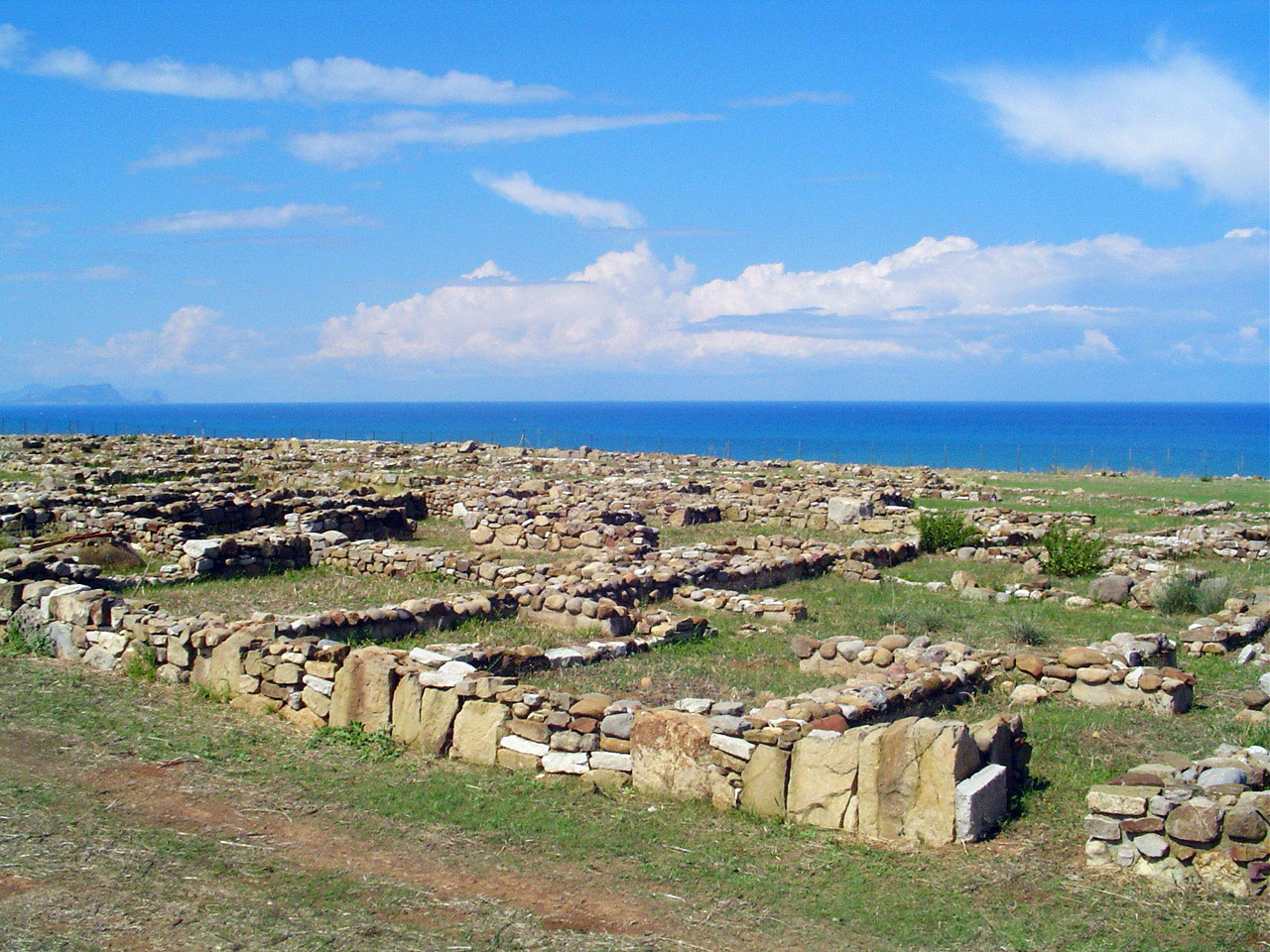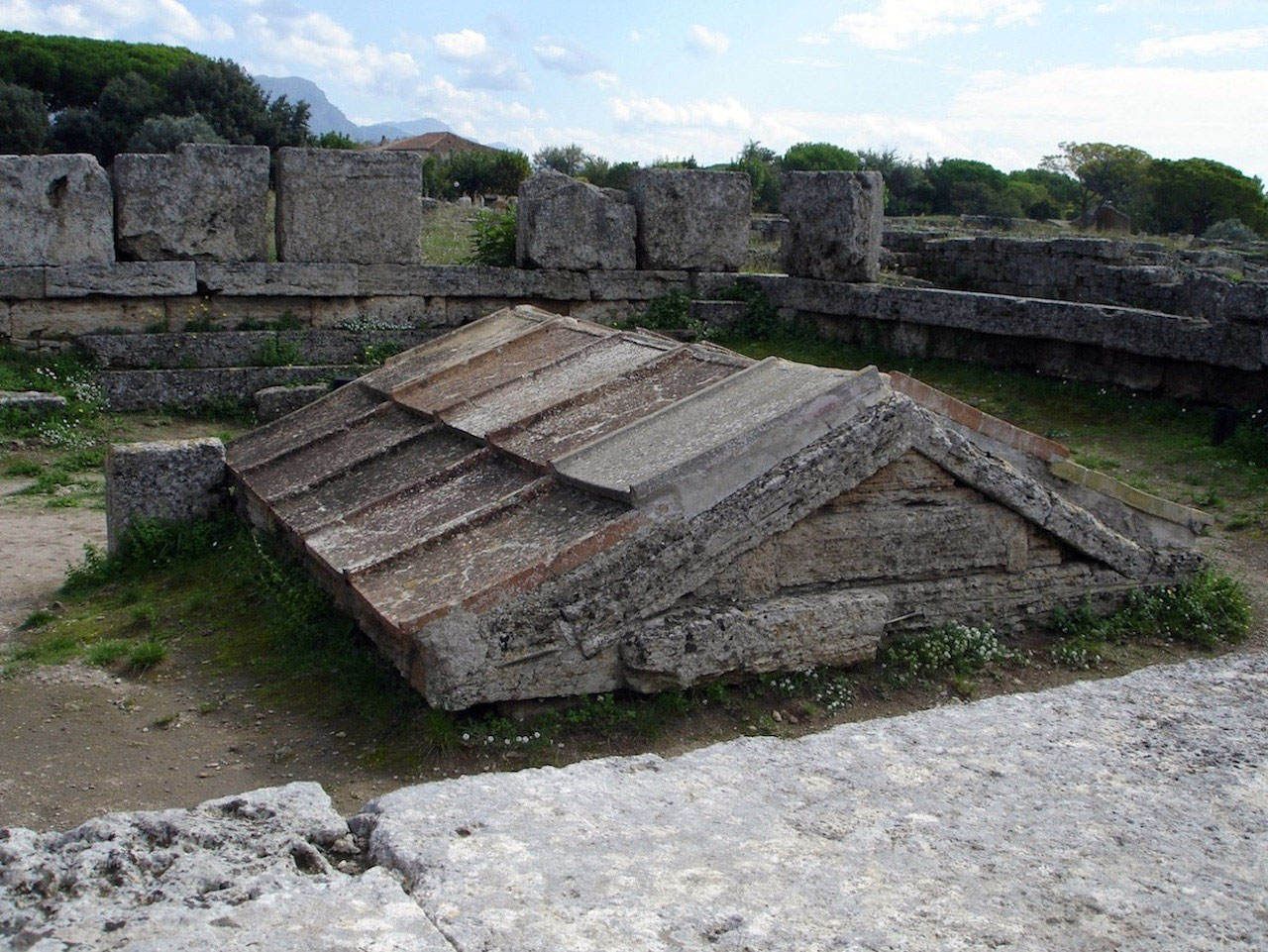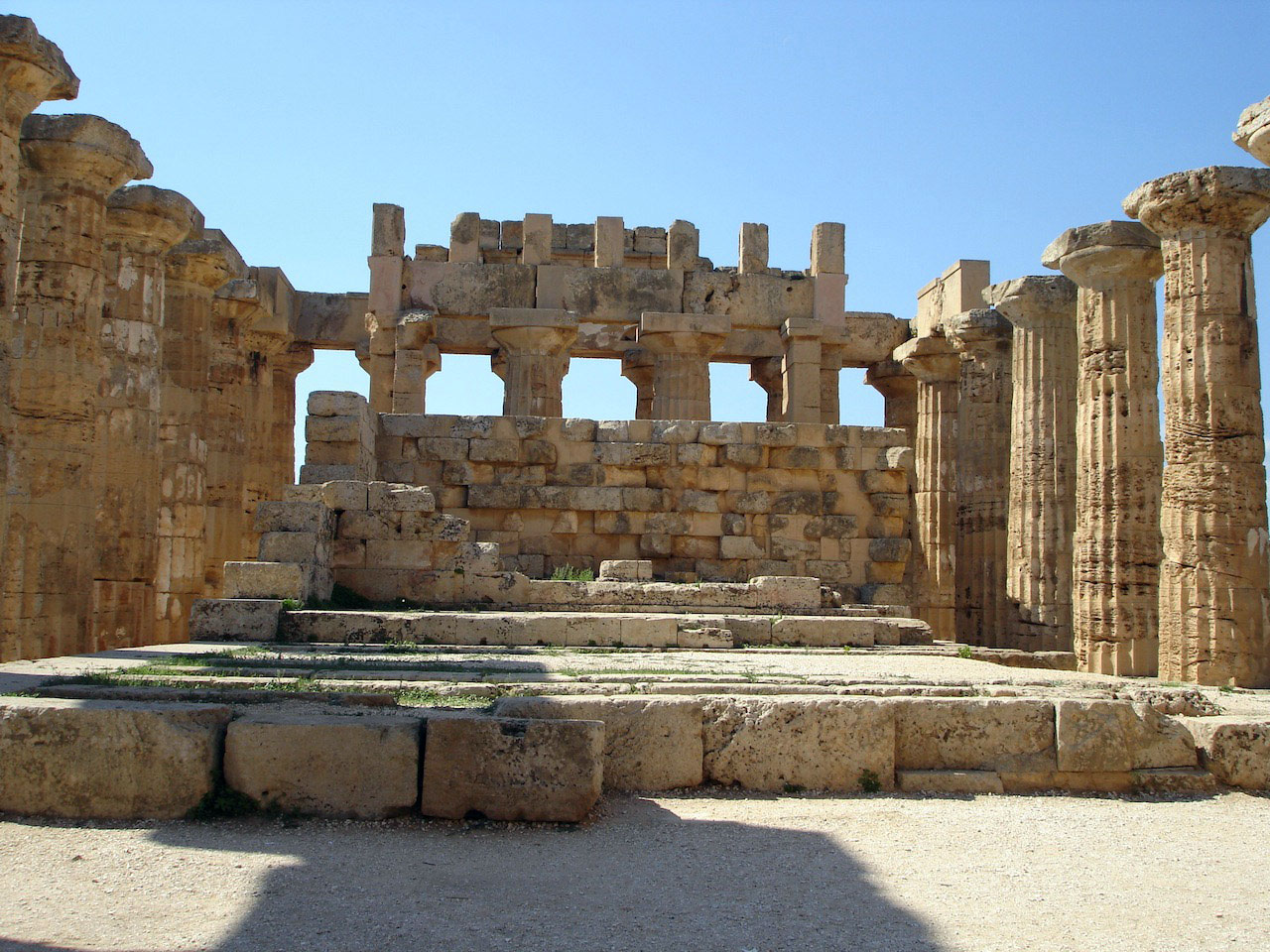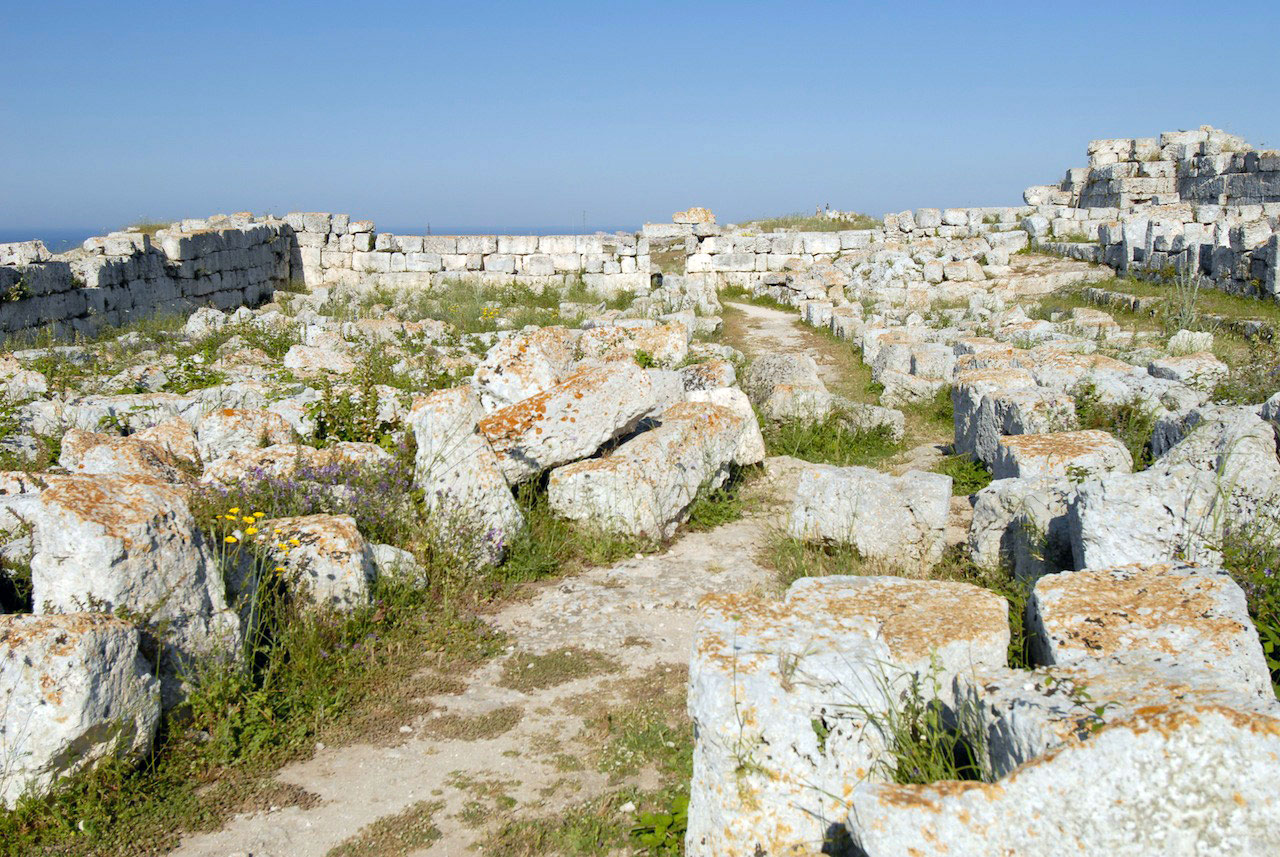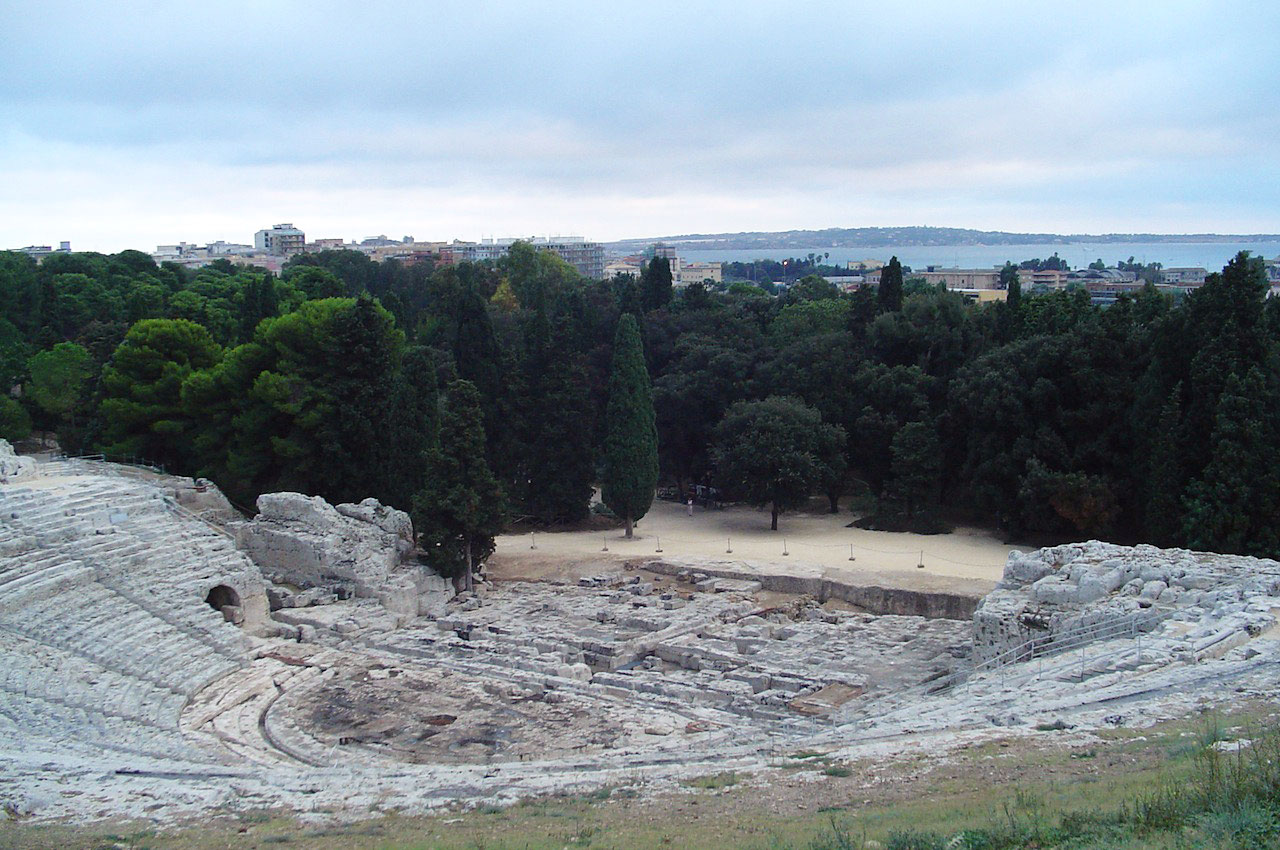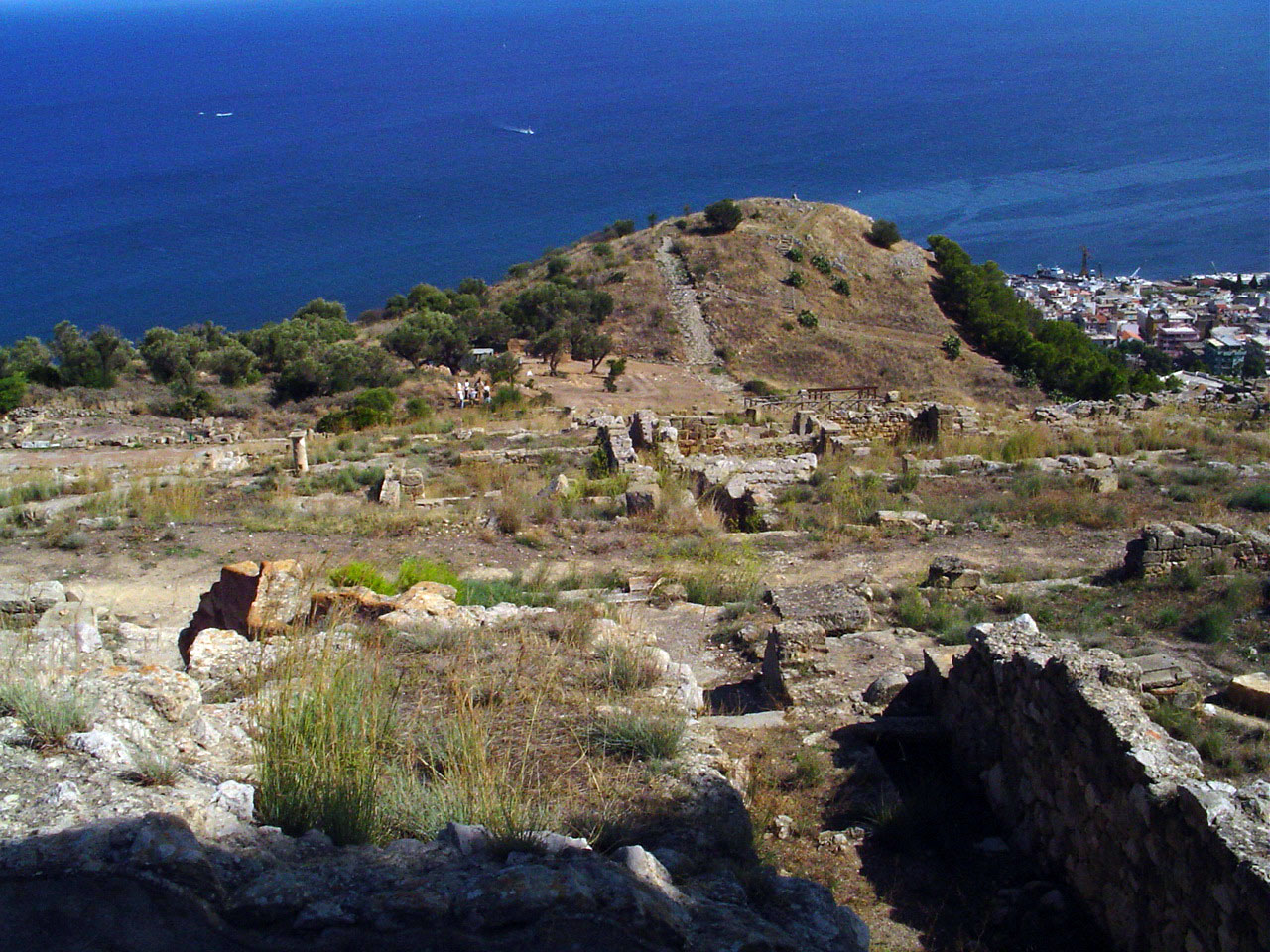On the Nausitoo
From thence Nausithous, the godlike, had removed them, and led and settled them in Scheria far from men that live by toil. About the city he had drawn a wall, he had built houses and made temples for the gods, and divided the ploughlands. (Homer, Odissey, VI, 5-10. Tradução de A.T. Murray, Cambridge/London, Harvard University Press/ Heinemmann, Loeb Classical Library, 1919)
The database that we offer to the Brazilian public in this website, which we named Nausitoo – aims to disseminate important knowledge about the origins and organization of the polis, the ancient Greek city. We are interested in showing how the Greeks organized the space in their cities and how, in this spatial organization, relationships and social practices are registered. We seek to provide images that represent the Greek world in its complexity and its extension in the Mediterranean: from the Black Sea to the south of the Iberian Peninsula. So, we renounced the Athenocentric approach of Hellenicity. Indeed, the diverse and rich culture that the Greeks built over the centuries was much more than their most well known polis, Athens and Sparta, could do and effectively did. Our chronological focus lies mainly in the centuries that go from the eighth to the fourth b.C., centuries in which the Greek city is formed and knows its greatest expansion.
The images shown in this database comes from research made in loco by the members of Labeca, and also, from the bibliography that has been employed in the Laboratory. Much of these bibliographical references are very specialized and unavailable in Brazilian academic Libraries. The images are organized in the website according to the themes that inform the general research in the Laboratory. It is our understanding that these themes can offer us an interesting approach to
Greek society’s organization such as it appears archaeologically inscribed on the ground. Research projects ranging from undergraduate to post-doctoral level gravitate around these main themes.
It is worth mentioning that these images from Nausitoo also feed projects of scientific divulgation and the production of teaching material for the study of Humanities in schools and colleges. The Nausitoo is a Database in permanent construction. Many of the cities that are registered have no images at all, others have few images while still others have more than a hundred images. This difference reflects researches that are made by Labeca's team. We hope that as research advances the Databse will grow in complexity. It is worth noting that not 200 cities are present in this Database while more than a 1000 cities are listed in the most recent inventory of archaic and classical poleis! (Hansen, 2004)
Images from the bibliography were treated and, in many cases, translated to Portuguese in order to make them useful for the Brazilian public.
This database is a completely non-profitable product from Labeca and aims at stimulating research about Ancient Greece and providing the general public with high quality scientific divulgation.

